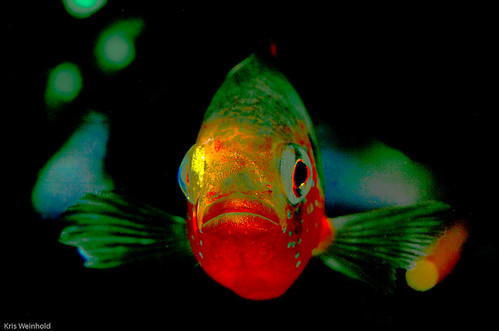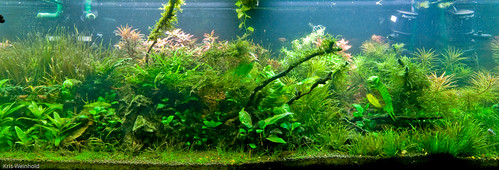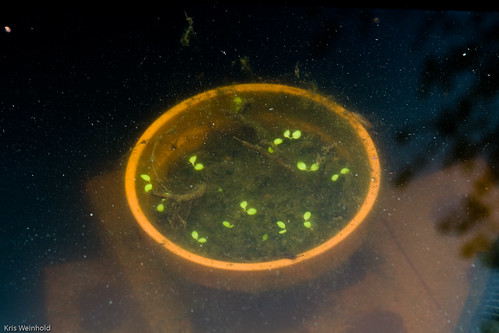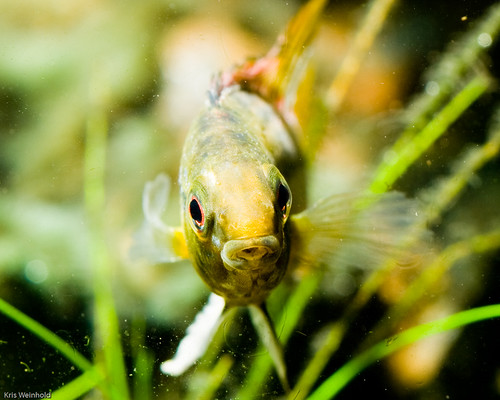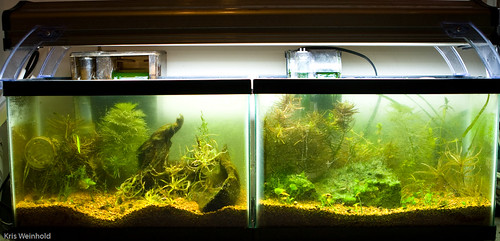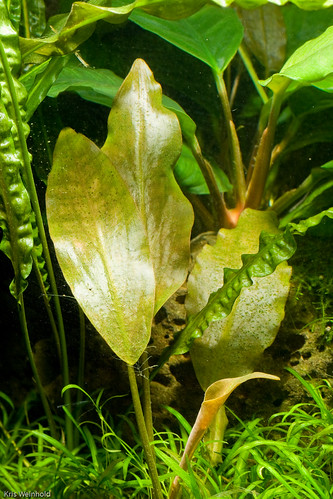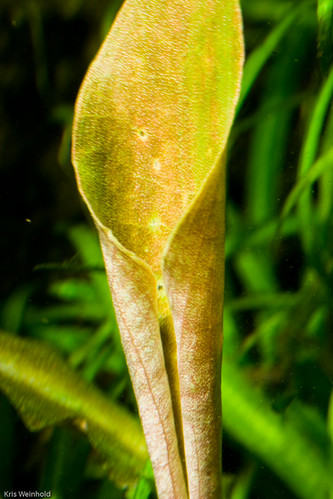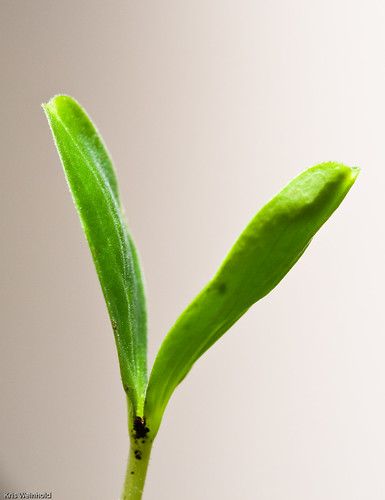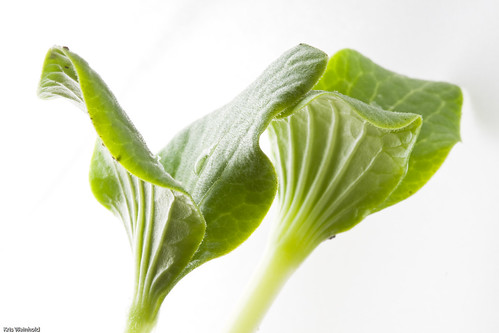 April’s CCA meeting featured Dan Woodland from the Ohio Cichlid Association, speaking about his experience setting up a Low Cost, High Tech Fish Room. Dan also chronicled many of his fish collecting experiences all over the world, and gave us a virtual tour (via powerpoint) of his fish room, introducing many of the species he keeps.
April’s CCA meeting featured Dan Woodland from the Ohio Cichlid Association, speaking about his experience setting up a Low Cost, High Tech Fish Room. Dan also chronicled many of his fish collecting experiences all over the world, and gave us a virtual tour (via powerpoint) of his fish room, introducing many of the species he keeps.
Like many hobbyists, Dan started his “fish room” in an adhoc nature, adding equipment as needed, and eventually ending up with an unwieldy set of tanks, wires, lights, etc… When he decided to add an addition to his house, he instantly had an empty basement room to build his fish room. With the luxury of building a brand new fish room from scratch, Dan made sure that the cinder block walls were fully sealed, drains were pre-planned, electricity sources were adequate, and the water supply was sufficient.

With the basic room intact, everything from filtration to climate control needed to be sorted out. Being an avid collector, Dan decided to isolate every tank using a dedicated canister filter, in order to avoid introducing a wild disease into his entire system. The room is heated to about 74 degrees, which has the effect of keeping the tanks a bit cooler, but the benefits of that are that the fish grow slower, requiring less food, and more importantly, the fish room is pleasant to work in.
His water supply was setup to automatically condition and change out the water, doing small water changes twice daily. Using an ion exchanger, Dan removes heavy metals from his water, and an RO filter produces soft water for some tanks, while extruding harder waste water which he uses for his African cichlid tanks. A mechanical thermostatic mixing valve mixes his hot and cold water lines, producing water that is the proper 72-78 degrees for his tanks. To feed water into the tanks, he uses pressure compensating drippers used in irrigation to guarantee a constant GPH output, regardless of the input water pressure. This means that for each tank, he can directly control how much water is changed each day, dependent on the size of the tank.
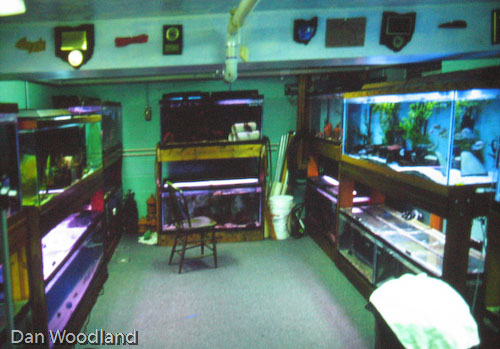
While the title of this talk included the “low cost” slogan, I believe that is probably relative to other more elaborate fish rooms that some hobbyists have. Although, Dan did not give a final cost, he did say that his entire fish room was built using proceeds from selling fish he had raised. I presume that the cost of his home additions was not included in this amount, however. Nevertheless, it was fascinating to see how other folks manage to maintain large numbers of tanks, and what effort goes into setting that up.

